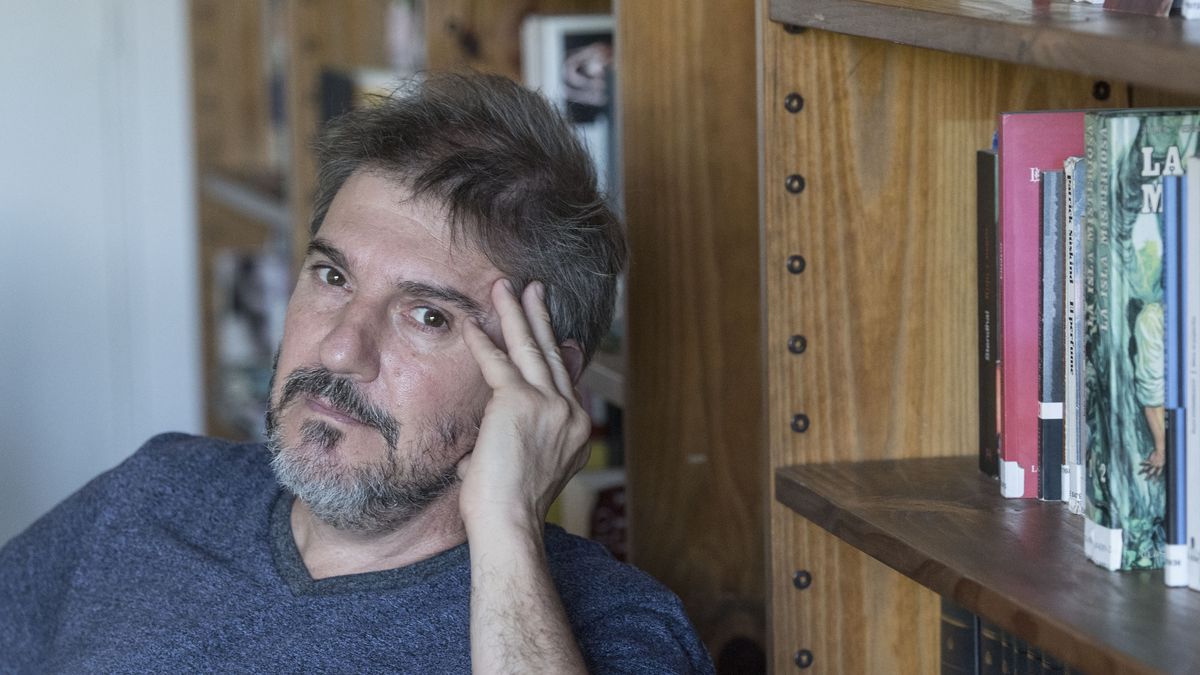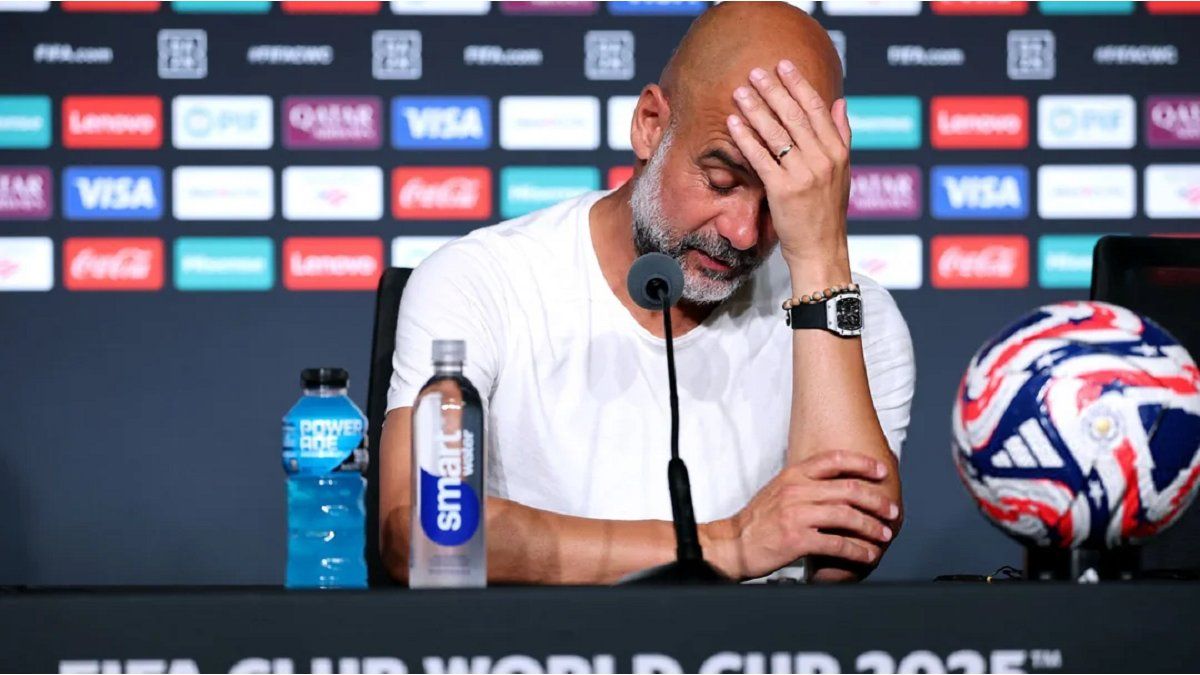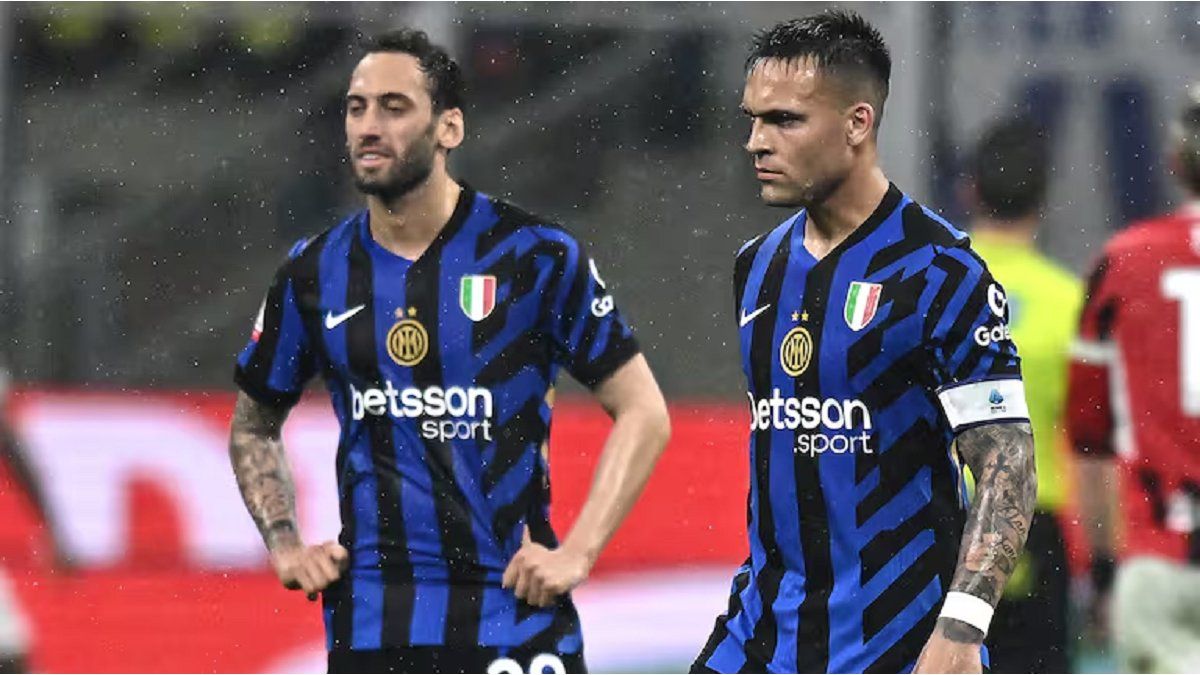Crime causes an upper-class woman, the daughter of a rancher, to spend her life in “The circustance” (Eternal Cadence) new novel by Jorge Consiglio. Author of an extensive narrative work, repeatedly awarded, who in this work recovers a setting and a social world that is central to our reality.
Journalist: What was your journey to tell how tragedy enters the life of a lady from the Recoleta neighborhood?
Jorge Consiglio: An upper-class woman begins to be interrogated at a police station in Barrio Norte. She takes a pause. She takes a deep breath. She begins to remember for herself her childhood at the La Circunstancia ranch, her father, her mother, her friends, her arrival in the Recoleta neighborhood, her partners, her life cycle. she. Until she returns to the police and begins to testify. I set out to establish the detailed path of her dramatic growth until she reaches violence, as if that violence had roots in each of the events she experienced. She amasses her destiny from the first connection to the last disagreement, to the violent outcome. The dramatic temperature increases, as in Shakespeare’s tragedies, until a climate in which sex, death or anagnorisis, discovery, burst in. I believe, in this case, the outline of a perversion is revealed.
Q: How do you find the story of a rancher’s daughter involved in a crime?
JC: It is very capricious how certain arguments are reached. The one about “The Circumstancia” appeared to me from “Profundo crimson”, the film by Arturo Ripstein, which I saw decades ago, where a woman after disagreements with various partners meets someone who is like a foreign body in that society, who It has a huge appeal for her. And the guy is a murderer. I found it an attractive plot. My protagonist, she has successive disappointments, until she hooks up with a guy who is a perfect scoundrel, who makes her brutally attractive because he distances himself from all the relationships she has been having. And she establishes a perverse relationship. He, who is in constant seduction, is ungraspable, slipping out of his hands. He attracts her because he is full of visages, until he becomes porous to her. And when he sees the other clearly he stops wanting him. Literality goes against desire. When she sees it in all its truth, the relationship becomes intolerable. The truth radiates a light so powerful that it leads to catastrophe.
Q: Did you seek to add genres in “La Circunstancia”?
JC: The story gave me the opportunity to work in a police department, at least what is within my possibilities is a police department. The police, like all genres, has fixed rules. I tried to respect some and I took others by virtue of a flow of the text that has more to do with the lyrical, with an existential novel.
Q: How did you tell it from the intimate voice of a woman?
JC: It was a huge challenge. Not in terms of registration but in terms of how she feels and thinks. I am fortunate to have read many women writers. Two accompanied me in this novel: Sara Gallardo and Eduarda Mansilla. The readings, comments and questions that my daughters asked me were very helpful. When you write, voices and people come through the window. Literature, beyond one writing, is something completely collective. In this case it went through editors and proofreaders.
Q: Why did you choose for her to be a Marchand?
JC: Because it is a very high class profession. She has accumulated experiences since she was a child. She travels with her mother to see museums in Europe, in the United States, she goes to the Venice Biennale, she interns at Christie’s. But the essential thing in this job is relationships, and she has plenty of them. That profession allowed me to speak indirectly about it. It was a mirror to make her see, to describe her. For her view of the works of art I used John Berger, but, for example, when she comments on Sivori’s painting, “The Handmaid’s Wake,” her view is loaded with her class ideology. .
Q.: How did you choose such precise places as the stay in Gahan and the Recoleta neighborhood?
JC: For the town of Gahan I relied on data, information and references. On the other hand, narrating Recoleta was one of the first objectives that I set for myself when I started writing “The Circumstance.” I lived in Recoleta for many years. Recoleta is an atmosphere, a temperature, it involves a dialectical interaction with the world. Narrating that neighborhood is narrating a class. And there it is discovered that there is a lot of violence, sometimes barely concealed, within that same class. The protagonist, who has something very from the 90s, took me to tour the map of Recoleta and stop at emblematic places, such as the La Rambla de Ayacucho and Posadas bar, steps from the house where Bioy Casares and Silvina lived at that time Ocampo.
Q: How did it feel to install the story in realism?
JC: That worried me, which is why the text has small leaks. I am not original in this concern. Until the generation of the ’60s, which was mostly militants who were still concerned about the limits of realism. In this novel I try to overflow it. For example, in the episode of the foreman of The Circumstancia that he has a hyper-developed swindle that turns him into a kind of superman, which makes him rich, or the episode of the old town witch in the central square, among others. These overflows add something to the text that distances it from mere realism and makes it a little more connotative, detaching it from that naturalistic issue that realism has. Lyrism also serves as a vanishing point for me.
Q: What are you doing now?
JC: In “Killing the Commissioner”, a graphic documentary, with the cartoonist Iñaki Echeverría, about the fatal encounter between Simón Radowitzky and Ramón Falcón.
Source: Ambito
I am an author and journalist who has worked in the entertainment industry for over a decade. I currently work as a news editor at a major news website, and my focus is on covering the latest trends in entertainment. I also write occasional pieces for other outlets, and have authored two books about the entertainment industry.




